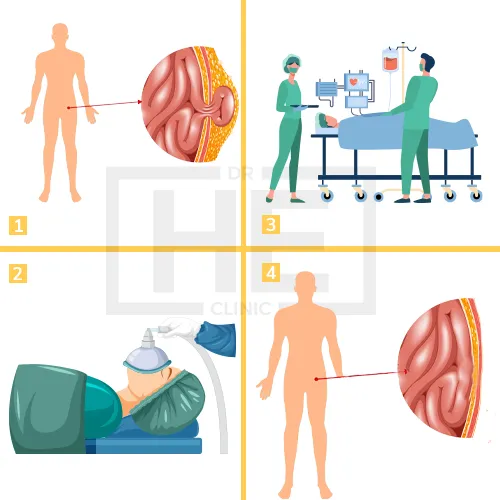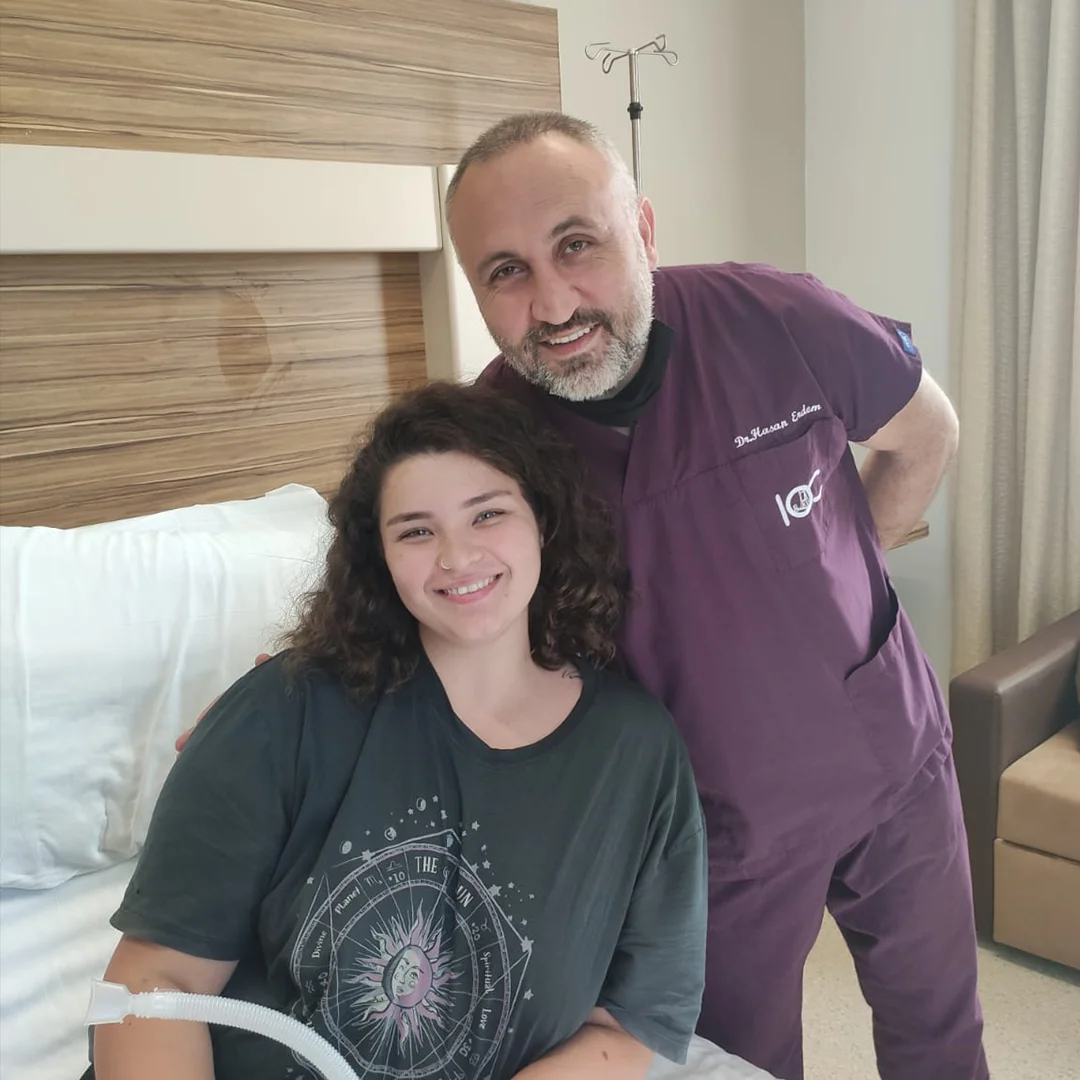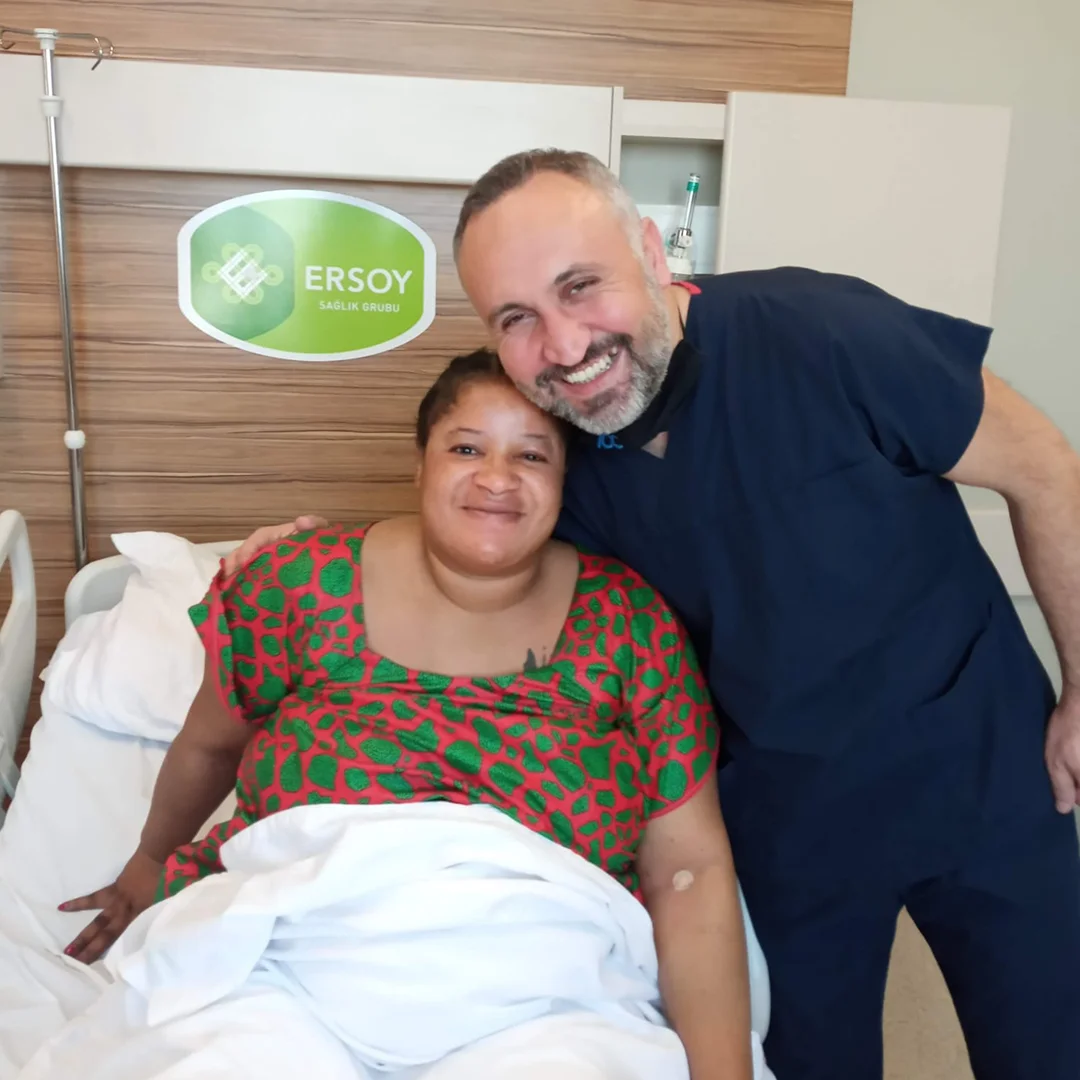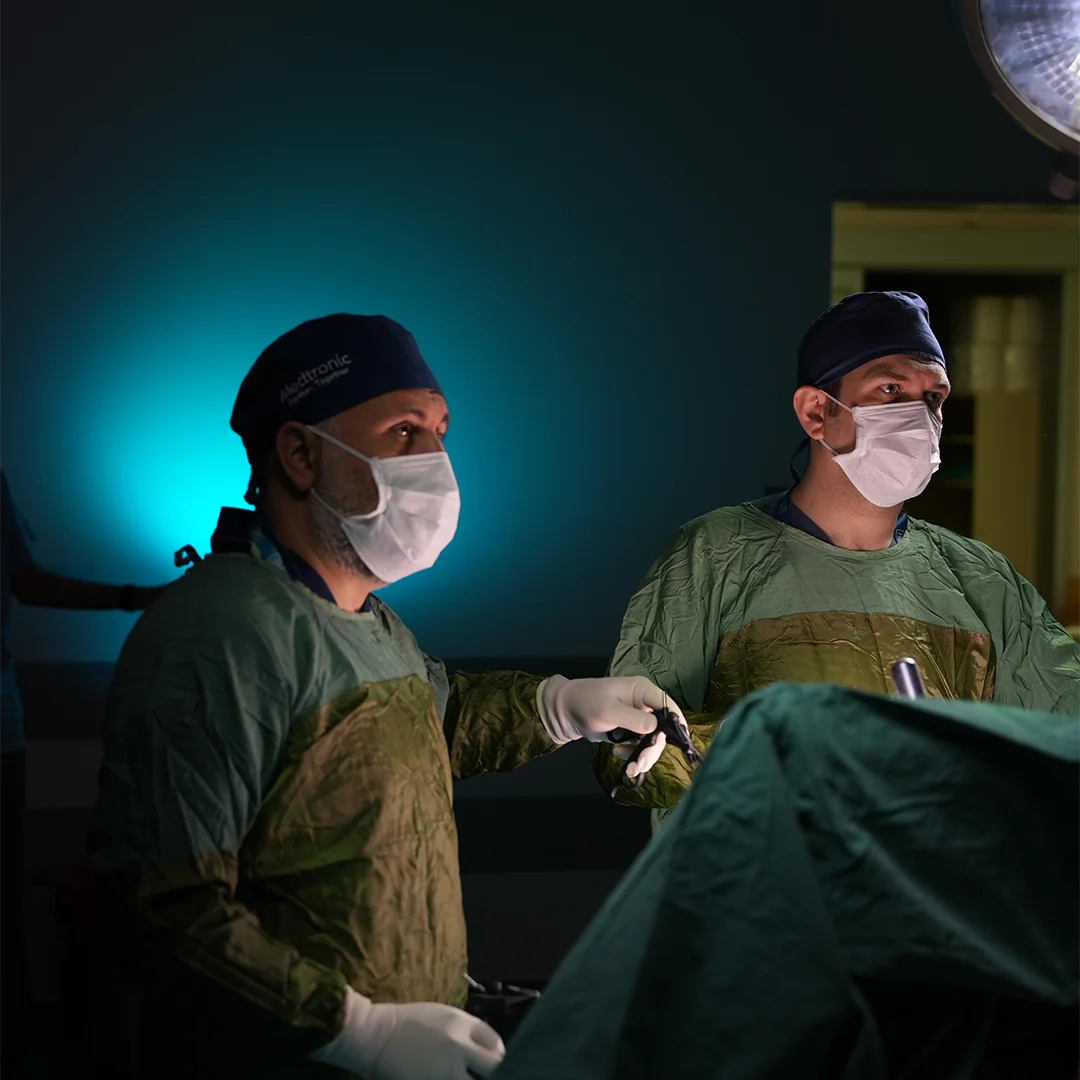Inguinal Hernia Surgery Turkey
Inguinal hernia surgery in Turkey is gaining popularity due to its high-quality medical care, affordability, skilled surgeons, and attractive packages. Patients can anticipate a smooth recovery, experienced medical staff, and the chance to combine their surgical journey with a vacation.
Inguinal Hernia Surgery in Turkey: A Comprehensive Overview
Inguinal hernia surgery in Turkey starts with a comprehensive consultation and medical evaluation to determine the patient’s suitability for the procedure. The surgery involves repairing the weakened area of the abdominal wall where the hernia has occurred. Advanced techniques, including laparoscopic surgery, are commonly used to minimize recovery time and reduce scarring. The procedure is performed in state-of-the-art medical facilities by highly skilled surgeons. Pre-operative tests are conducted to ensure the patient’s overall health and readiness for surgery. Post-operative care includes regular follow-up visits, personalized recovery plans, and guidance on activity restrictions to ensure a successful recovery.
Inguinal Hernia Surgery Steps

Preoperative Assessment:
- Medical Evaluation: Assessment of the patient’s medical history, physical examination, and any necessary diagnostic tests to evaluate the patient’s suitability for surgery.
- Informed Consent: Discussion of the benefits, risks, and alternatives of the surgery with the patient to obtain informed consent.
Preparation Before Surgery:
- Fasting: Patients are usually required to fast for a certain period before the surgery to reduce the risk of aspiration during anesthesia.
- Preoperative Medications: Administration of medications, if needed, to prepare the body for surgery, such as antibiotics to prevent infection.
Anesthesia:
- Induction: Administration of anesthesia to ensure the patient is asleep and pain-free during the procedure.
- Maintenance: The anesthesiologist monitors and adjusts the anesthesia as needed throughout the surgery.
Surgical Procedure:
- Incision: The surgeon makes an incision to access the area needing surgery.
- Operative Task: The specific surgical task is performed, such as removing an organ, repairing tissue, or implanting devices.
- Hemostasis: Control of bleeding during the procedure.
- Closure: The incision is closed with sutures, staples, or adhesive glue.
Postoperative Care:
- Immediate Post-op: The patient is moved to a recovery area to be closely monitored as the anesthesia wears off.
- Pain Management: Administration of pain medication to manage discomfort.
- Wound Care: Instructions and care for the surgical site to promote healing and prevent infection.
- Recovery and Rehabilitation: Guidance on activity levels, dietary restrictions, and any necessary rehabilitation to return to normal activities.
Follow-up:
- Postoperative Visits: Scheduled visits to the surgeon to monitor the healing process and address any concerns.
- Long-term Care: Depending on the surgery, there may be ongoing care or lifestyle adjustments needed.
Inguinal Hernia Surgery Turkey Cost 2024
As of 2024, the cost of Inguinal Hernia Surgery Turkey in Turkey varies depending on the type of surgery, the hospital, and other factors. Here’s a general idea of the costs:
The average cost of Inguinal Hernia Surgery Turkey in Turkey is approximately between $2,000 and $7,000. This range is considerably lower compared to countries like the United States or the United Kingdom.
| Region | Average Inguinal Hernia Surgery Cost |
 Turkey Turkey | $2,000 – $7,000 or more |
 USA USA | $8,000 – $12,000 or more |
 Canada Canada | $8,000 – $12,000 or more |
 UK UK | £5,000 – £8,000 or more |
 Australia Australia | AUD 8,000 – AUD 15,000 or more |
 Germany Germany | €8,000 – €10,000 or more |
 France France | €7,000 – €10,000 or more |
Why does Inguinal Hernia Surgery Cost in Turkey Cheap?
- Exchange rate: Favorable exchange rates for foreign currencies relative to the Turkish lira can make procedures even cheaper for international patients.
- Standardized procedures: Many Turkish clinics employ standardized protocols and techniques for common procedures like Inguinal Hernia Surgery, achieving efficiency and cost savings.
How to Reach Turkey?
By Air: Turkey is well-connected with direct flights from major cities around the world. There are international airports in Istanbul, Ankara, Antalya, and Izmir, among others. You can check for flights from your nearest major airport to one of these Turkish cities.
By Sea: Turkey has several ports that receive passenger ferries from neighboring countries and islands. You can travel to Turkey by ferry from Greece, Russia, Ukraine, and other nearby locations. Major ports include Istanbul, Izmir, and Antalya.
By Train: While not as common as air or sea travel, you can also reach Turkey by train from select European cities. The most common routes are from Sofia, Bulgaria, and Bucharest, Romania, to Istanbul. However, train travel to Turkey may require multiple transfers and take longer compared to air or sea travel.
| Departure City | Arrival City | Duration | Estimated Price |
|---|---|---|---|
| 🛫 London (LHR) | 🛬 Istanbul (IST) | ⏰ 3 hours 50 minutes | 💰 $300 |
| 🛫 Manchester (MAN) | 🛬 Istanbul (IST) | ⏰ 4 hours 35 minutes | 💰 $350 |
| 🛫 Paris (CDG) | 🛬 Istanbul (IST) | ⏰ 3 hours 25 minutes | 💰 $280 |
| 🛫 Frankfurt (FRA) | 🛬 Istanbul (IST) | ⏰ 2 hours 55 minutes | 💰 $320 |
| 🛫 Moscow (VKO) | 🛬 Istanbul (IST) | ⏰ 4 hours 25 minutes | 💰 $400 |
After Inguinal Hernia Surgery in Turkey
Submit your request for access to before and after photos to see actual patient results from our many cosmetic procedures and treatments at Dr. HE Clinic.
Inguinal Hernia Surgery Turkey Reviews

Posted on
Truspilot
Posted on
TruspilotIs it Safe To Have A Inguinal Hernia Surgery in Turkey?
Having general surgery in Turkey can be safe, provided that certain conditions are met. Turkey has a growing reputation in medical tourism, including Hiatus hernia, due to its combination of lower costs and high-quality medical care.
While many patients have successful surgery in Turkey with positive outcomes, it’s crucial to do thorough research and make informed decisions.
Let’s Get In Touch
Frequently Asked Questions About Inguinal Hernia Surgery
Does Health Insurance Pay for the Inguinal Hernia Surgery?
Whether health insurance covers general surgery depends on several factors including the specific insurance policy, the type of surgery, the patient’s medical history, and the guidelines set by the insurance provider.
How Long Does Inguinal Hernia Surgery Take?
Gastric Bypass (Roux-en-Y): This procedure typically takes between 2 to 3 hours. It involves creating a small stomach pouch and rerouting the small intestine to this pouch.
Sleeve Gastrectomy: This surgery usually takes about 1 to 2 hours. It involves removing a portion of the stomach to create a smaller, sleeve-shaped stomach.
Adjustable Gastric Banding: This is often the shortest of the three, taking about 1 hour. The procedure involves placing a band around the upper part of the stomach to create a small stomach pouch.
Is Inguinal Hernia Surgery Painful?
General surgery, like any major surgical procedure, can be associated with some degree of pain and discomfort, particularly during the initial recovery period. However, the experience of pain can vary greatly from person to person.
Is There a Scar After The Inguinal Hernia Surgery?
Typically leaves 3-5 small laparoscopic scars (0.5-1.5 cm) on the abdomen, one near the belly button and others around the upper abdomen.
Scars gradually fade to become paler and flatter, potentially blending with surrounding skin in 1-2 years.
QUALITY CERTIFICATES























Posted on
Truspilot